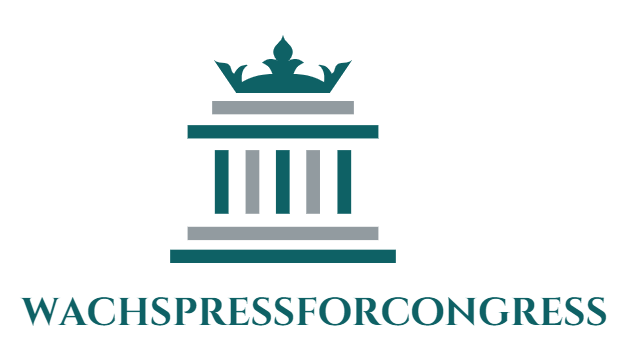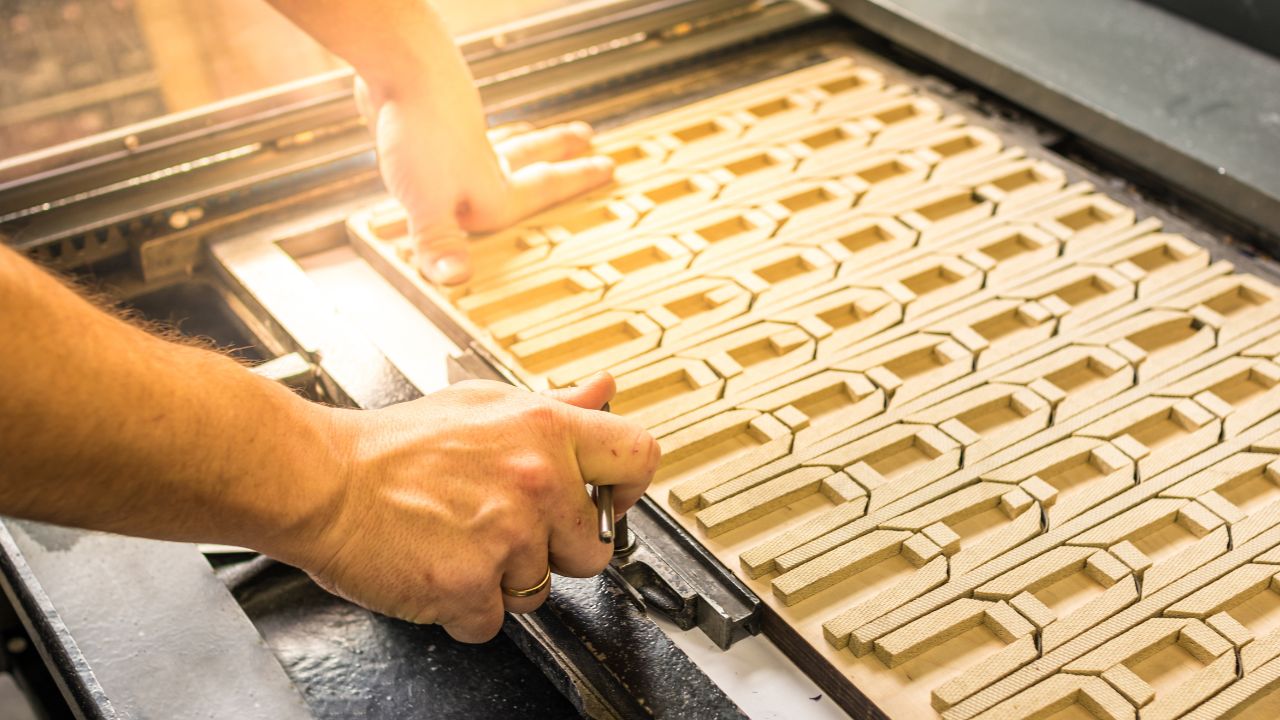Laser die cutting is capturing the market in several industries because it transformed the manufacturing process through a cutting technique not possible in rotary die cutting. This is a technique whereby materials are trimmed using a laser, and due to its efficiency and preciseness, it is practiced by many industries, including manufacturing, packaging, and the automobile industries, among others.
To give you more about the laser die cutter machine, let us discuss the major benefits that will help you make a wise decision.
8 Key Advantages To Choose A Laser Die Cutter
1- Precision on Complex Patterns
Traditional die cutting can fall short when dealing with intricate designs due to the limitations of mechanical blades. However, laser die cutters use a focused laser beam, capable of achieving delicate cuts that would otherwise be impossible. The precision offered by laser die cutting means that even the most complex patterns can be executed with clean edges and exact repeatability. This is particularly beneficial for industries where complex components are necessary, such as electronics and precision engineering.
2- Advantages in Prototyping
In traditional settings, creating prototypes could be a costly and time-intensive endeavor, particularly as it requires creating specific physical dies for each new design. Laser die cutting streams past these constraints by eliminating the need for hard tooling. This flexibility allows designers and engineers to iterate designs rapidly without additional cost or time delays. Furthermore, adjustments to prototypes can be made virtually in the design software and applied instantly, streamlining the path from concept to final product.
3- Material Versatility
Laser die cutters stand out for their ability to cut a wide variety of materials. Whether it's plastics, metals, wood, paper, or composites, these machines handle them with ease. This versatility allows businesses to employ laser die cutting in various applications without the need for different cutting technologies. It's not just about the types of materials but also about their varying thicknesses and sensitivities—factors that are meticulously managed by adjusting laser settings without changing physical components.
4- Space-Efficient and Simplified Storage
Unlike traditional cutting methods that require large mechanical systems and space to store various dies, laser die cutters are comparatively compact and do not rely on physical dies. This results in significant space savings—a crucial factor for facilities where floor space equates to operational costs. Moreover, the absence of physical die storage reduces organizational burdens, allowing companies to focus resources on production rather than on the management of physical assets.
5- Non-Contact Cutting Process
The non-contact nature of laser die cutting offers several advantages. Since the laser does not physically touch the material, there is no risk of material distortion or wear on the cutting blade, which is a common issue with mechanical cutting methods. This ensures the longevity of the machine and preserves the quality of sensitive materials. In addition, it allows for cleaner cuts and a reduced need for subsequent finishing processes.
6- Enhanced safety
In any manufacturing environment, the welfare of operators is of utmost priority, and the integration of laser die cutting systems has contributed positively to a safer workspace. The inherently safe nature of these machines stems from the fact that the actual cutting is conducted by a laser, which eliminates the direct interaction with hazardous, sharp-moving parts commonly found in conventional mechanical cutting equipment. Furthermore, contemporary versions of these laser cutting machines come with enclosures that fully encompass the working area, significantly minimizing the possibility of accidental contact with the active laser, thereby enhancing the overall safety of the operation.
7- Quick Adjustments and User-Friendly Operations
One of the standout features of modern laser die cutting machines is their adaptability. These machines can be quickly recalibrated for different runs—a critical feature for contract converters or businesses that need to switch between products rapidly. Moreover, contemporary laser die cutters are designed with user accessibility in mind. Most machines include software that simplifies the process, making it easy even for those with limited technical experience to operate the machine efficiently, thus reducing training time and accelerating integration into production lines.
8- Cost Efficiency
While initially a little more costly than the conventional cutting machines, the laser die cutter ends up being a cheaper machine to operate in the long run. Laser cutting decreases the amount of work hours spent, which, in turn, decreases the amount spent on wages, while the durability of the machines reduces the amount spent on maintenance. In addition, material wastage is low, and there is the added advantage of combining single fabrication sequences in one machine, hence cutting costs.
Conclusion
The impressive flexibility, precision, and efficiency of laser die cutting make it an indispensable technology in modern manufacturing. From creating detailed designs without physical tooling to handling various materials and enhancing operational efficiencies, the benefits are clear. As companies continue to seek ways to innovate and improve their production processes, laser die cutting stands out as a technology that not only meets the current demands but also drives future advancements.


